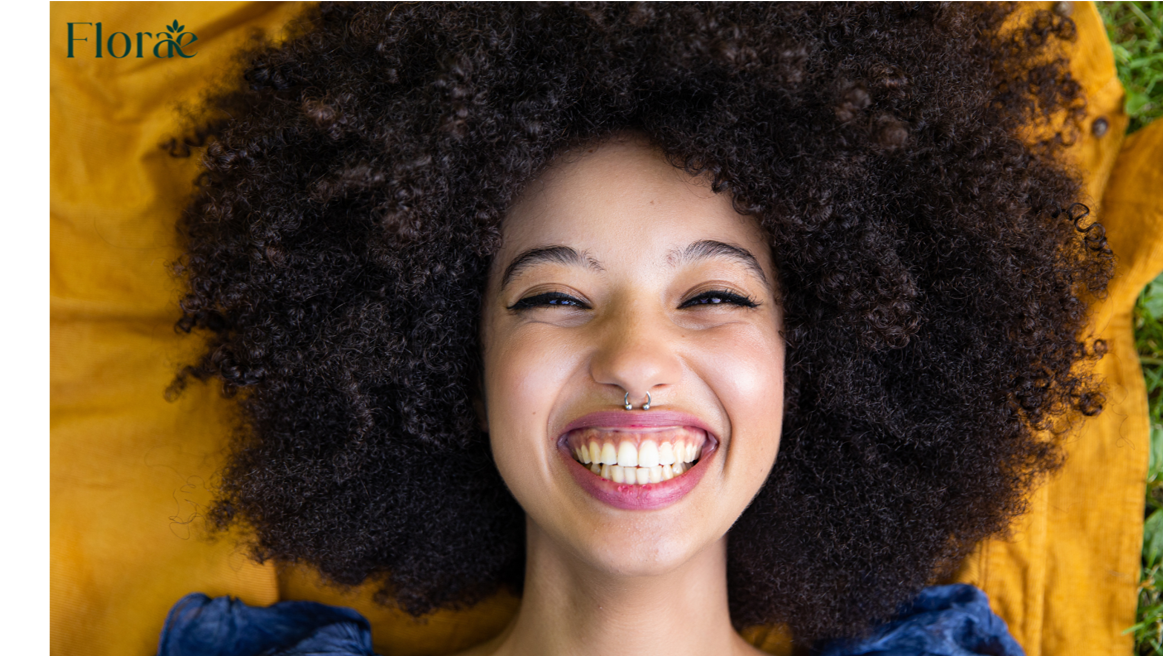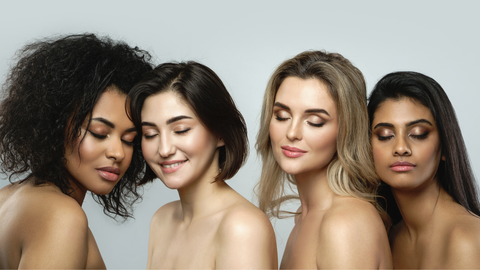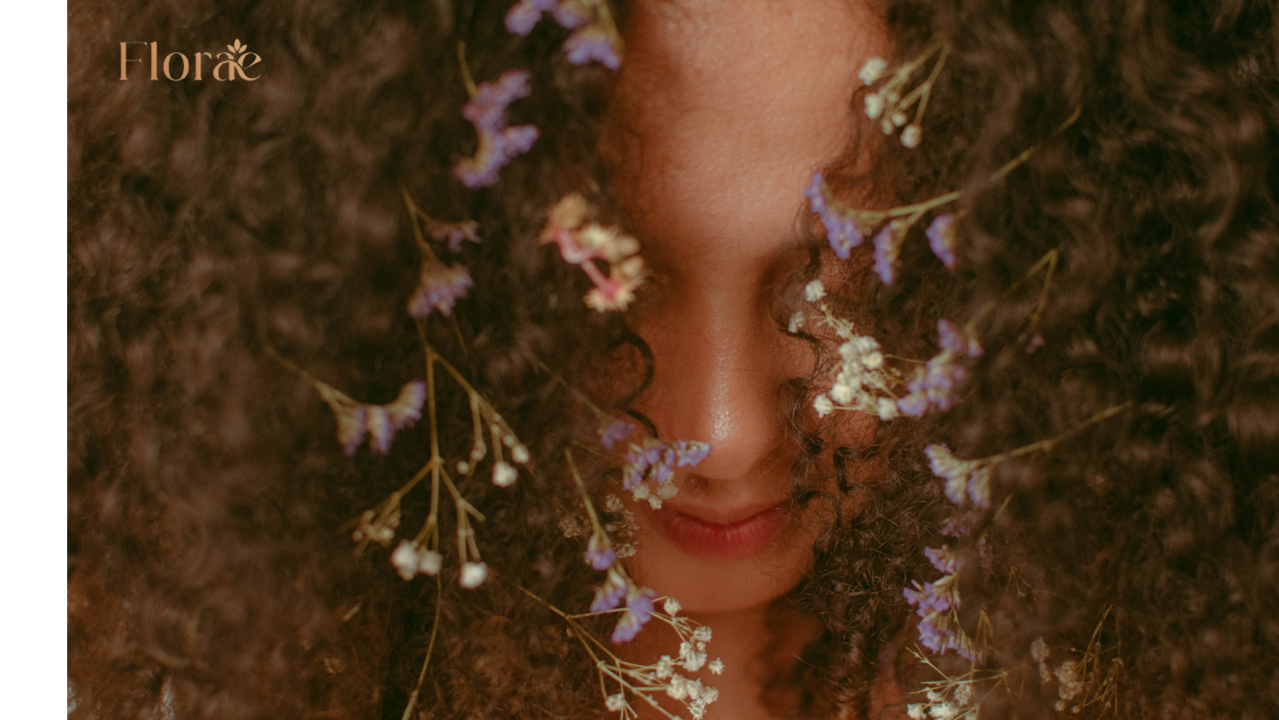
Why Hair Texture/Hair Type Doesn’t Matter As Much As You Think
Hair Type. It is the sole topic that is always fiercely discussed and often divides the natural hair community online. Consumers are sure to ask if a certain brand or product caters to their hair type or texture of hair. Thousands of dollars are spent in hair care as consumers are obsessed with finding the perfect product that will be compatible with their hair type or give them the appearance of a certain curl pattern.
What if we told you that hair type and hair texture is not the primary focus when choosing hair products? It might sound crazy but it’s true! First let us dive into the meanings of hair type and hair texture. Then we will describe in detail, why these two things are not the highest priority when choosing hair products for your textured hair journey.
What is Hair Texture?

While hair texture sounds like it should refer to how hair feels, it actually refers to the circumference and thickness of your individual hair strands. Hair texture can be fine, medium, or thick. The texture and thickness of your hair strand is determined by the shape of your hair follicle. A round follicle is likely to produce a straight strand of hair, while a flattened or oval-shaped follicle is more likely to produce curly hair.
Fine hair tends to be thin in diameter and is the most fragile hair texture. Fine hair usually has just two of the 3 layers of hair, the cortex and the cuticle. The innermost layer of hair, the medulla is usually absent in fine hair textures. Fine hair strands have a harder time keeping the shape of a style, it breaks more easily, and it gets weighed down by heavy products and lots of oils.
Medium hair is the more common hair texture and is comprised of the cortex and cuticle, and sometimes the medulla. Medium hair looks thicker, is more resistant to breakage, and holds hairstyles better.
Thick hair has all three layers of hair, the cortex, cuticle, and medulla. Thick hair holds hairstyles better, and has a fuller appearance, but it also takes longer to dry and may be more prone to frizz.
What is Hair Type?
Hair type refers to the shape of your hair. Hair shape can be straight, wavy, curly, or coily. The hair follicle and hair shaft contribute to the shape of your hair and thus, influence the type of hair you have. Circular follicles produce straight strands, while oval follicles produce wavy hair, and elliptical shaped follicles produce curly/coily hair.Over the years, hair type has been further broken down into sub-categories using a letter a numbering system.

- Type 1: This is the straight hair type. This hair type gets oily quickly because the natural oils from the scalp (sebum) can easily travel down the length of the straight strands.
- Type 1 A: Very straight and very fine.
- Type 1 B: Very straight, but thicker in diameter so it has a bit more volume
- Type 1 C: Very thick and coarse to the touch, but still very straight.
- Type 2: This type of hair has a naturally wavy appearance. This type is more prone to frizz and generally thicker than Type 1 hair.
- Type 2 A: Wavy strands that are slightly fine and thin.
- Type 2 B: Wavy with a medium thick appearance that is slightly frizzy.
- Type 2 C: Wavy, thick, and coarse. Prone to a lot of frizz and does not usually hold styles for a long period of time.
- Type 3: This type has the most obvious appearance of curls. This hair type tends to get straighter or “hang” when wet and dries into springy curls. This type is also prone to frizz.
- Type 3 A: Thick, usually shiny, with defined and loose S-shaped curls.
- Type 3B: Tighter ringlet shaped curls. Prone to frizz and dryness.
- Type 3C: Tight corkscrew shaped curls that are dense. Very prone to frizz and dryness.
- Type 4: This is a very curly or very coily hair type that is often described as coarse. This hair type is actually very soft, very fragile, and prone to damage and breakage.
- Type 4 A: Soft hair that has tight and well-defined curls.
- Type 4 B: Soft hair that has tight less- defined curls.
- Type 4 C: Very tightly coiled hair that may not look like it has a curly shape at first glance.
In essence, hair type tells us the general shape of our hair while hair texture tells us how thick our hair strands are. This does help to determine what type of product you may want to use, but it is a small piece of the bigger picture.
What Else is Important When Choosing Hair Products?
Besides knowing the shape and thickness of your hair, here are a few other important factors that you need to know to determine the best hair care products for your hair and how to achieve the create a hair wellness plan that works for you.

How your hair absorbs product: This is determined by your hair’s porosity. Hair can be High, medium, or low porosity. A lot of people have a mixture of porosities.
How many textures and types are in your head of hair: Having multi-textured hair is a thing. Many people struggle to find hair products because they are focusing on only one type of texture in their hair. Many people have multiple textures, which is one reason why trying to find a product for a specific texture is so frustrating. It is also entirely possible to have multiple textures and multiple types of hair. You can have a mix of fine, medium or thick hair.
The type of climate that you live in: If you live in a more humid, very moist climate, you need products that have less humectants in the ingredient list. If you live in a drier environment, you need products that have much more moisture content to maintain your textures. Humectants are ingredients added to cosmetic products to keep hair and skin moist. We will talk about humectants in detail in another blog.
The consistency of the product you are using: Some hair textures need lightweight products, other textures need creamy, whipped products, while some textures need more thick, dense buttery types of products. Whether you have fine, medium, or thick hair will also play a role in which consistency of product would be best for your hair. Fine hair will prefer thinner products with low oil content to not weigh the hair down. Medium and thick strands can tolerate products that are thicker in consistency and have more “weight”.
As we mentioned earlier, there are a lot of factors that go into choosing the right product for your hair. Trying to shop for a product based on your hair type or texture alone will always lead to frustration. Once you consider all these factors, you can make the best choices for your hair’s needs.
Florae Beauty helps you take the guess work out of all of this. We use the answers you provide in our survey to curate your customized hair care product, and we give you expert tips on how to create the best hair care regimen. Join our Florae Beauty community and subscribe to our blog and mailing list today.
Tune in to our blog next week where we will discuss hair porosity, hair density, and hair thickness in detail! Make sure you are subscribed to our email list so you don’t miss when it drops!


